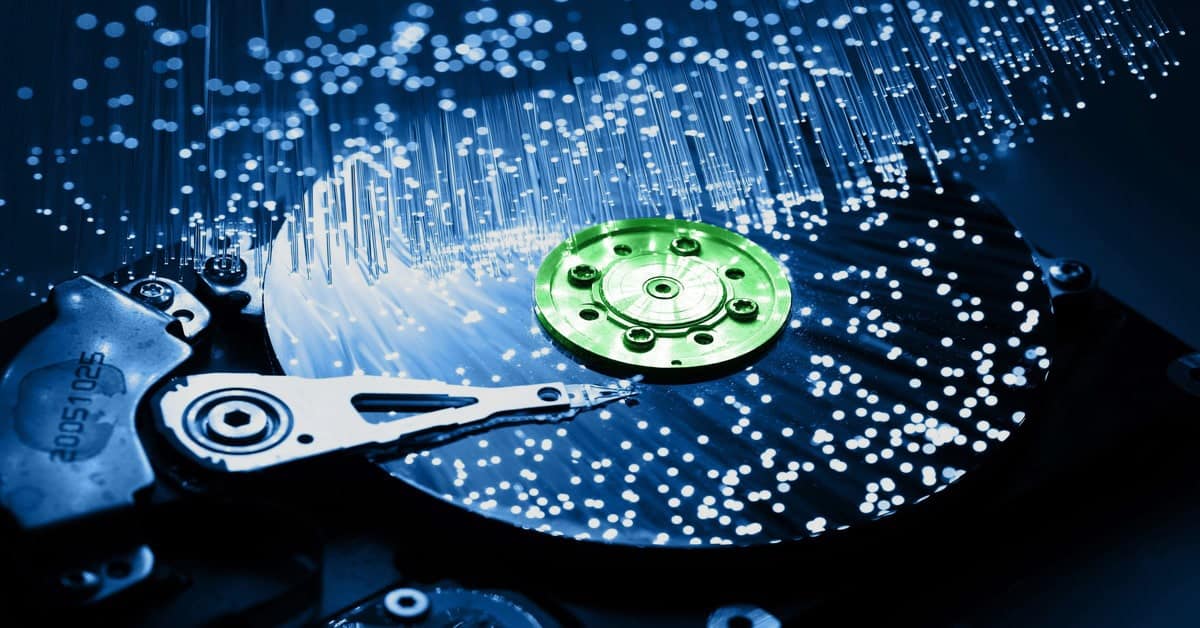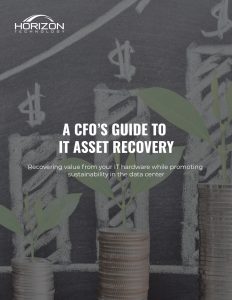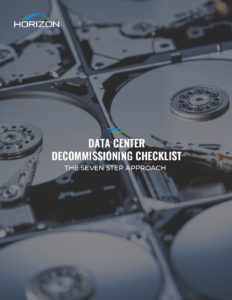The modern hard disk drive (HDD) is a complex device which delicately balances several mechanical and electronic parts. But details aside, at its heart lies the simple physics of spinning disks. This spinning is accomplished with the help of hard drive spindles and the motors that drive them.
As demand for data storage grows and storage device size shrinks, spindle design becomes crucial, heavily impacting the performance and reliability of HDDs. The design challenge is to achieve high rotation speeds within a compact space, without disrupting the intricately linked components which are vital to the overall performance of the HDD. Designing hard drive spindles that not only secures the disks in place but also delivers consistent spin speed is central to proper HDD functioning.
Let’s take a look at how HDD spindles operate and what goes into their design.

Related Reading
While HDDs spin, e-waste is spiraling. By buying reused, you can help close the “circularity gap” between the 87% of drives that are reusable and the 10% of drives which are actually reused.
Hard Drive Spindles: The Basics
An HDD stores data on one or more magnetic disks, or platters, which are mounted on an axle known as the spindle. A spindle’s role is to hold and spin the platters to facilitate read/write operations. The platters are attached to a carrier, which is in turn connected to a motor. This motor rotates the platter carrier, allowing the actuator head to access data on different parts of the spinning platters.
Hard drive spindles also contain ball bearings that facilitate their smooth operation over time. Traditionally, these bearings were made of thermal resistant materials like zirconium dioxide and silicon nitride. Nowadays, fluid bearings are taking over metal bearings due to their improved stability at high rotation speeds.
Regardless of the materials used, metal bearings within HDDs are very sensitive to contaminants. The entry of dust or other particulates can impair their rotation capacity, leading to noise or drive failure. To mitigate this, most HDDs include filters to remove dust.
A spindle motor whirrs away at several thousand rotations per minute (RPM). All else being equal, higher RPMs allows the read/write head to access the desired sectors on the platters more quickly. For such high-speed operation, a spindle motor must be durable and function faultlessly throughout the HDD’s lifecycle. In addition, the motors need to be cost-effective, power-efficient, and must maintain speed and platter position with high precision.
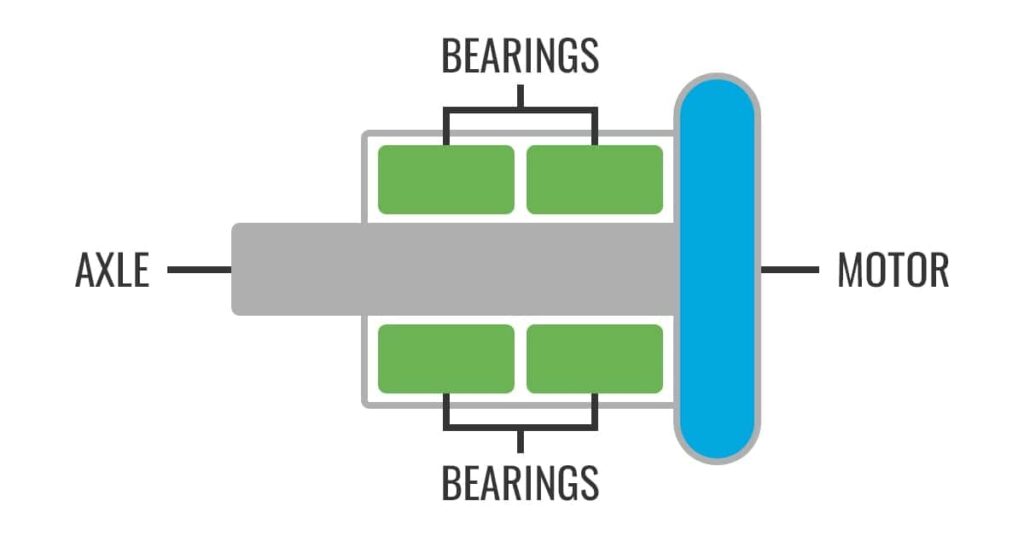
Given that the motor operates in close proximity to magnetic platters that store data, it’s crucial that it generates minimal disturbances. Noise, vibration and heat can all compromise data integrity. For these reasons, brushless DC motors (BLDC) are increasingly being used in HDDs.
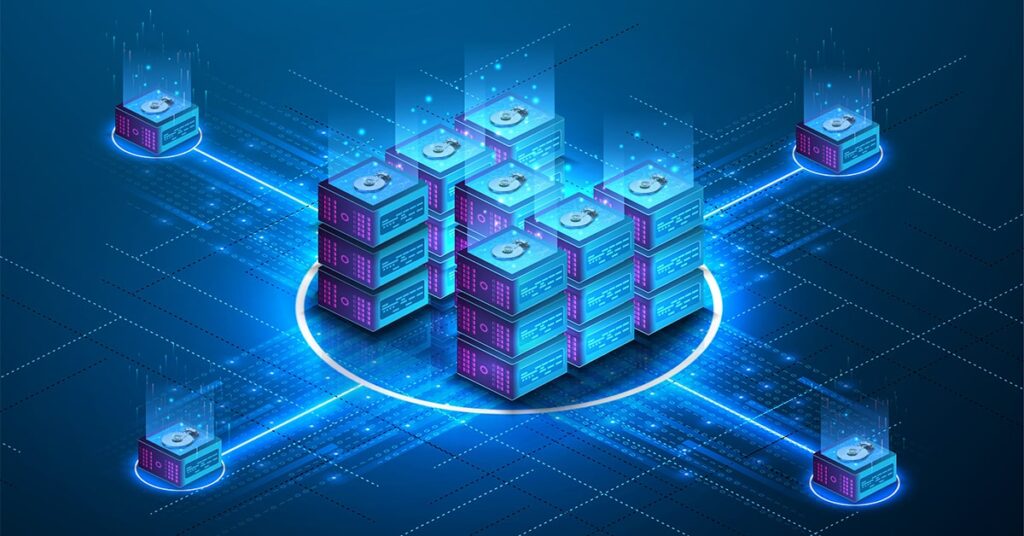
Related Reading
In the fight against e-waste, data centers have a crucial role to play. Whether you’re a hyperscaler or a smaller enterprise, sustainability involves having a well thought-out lifecycle strategy for your hardware.
Is Less More? Hard Drive Procurement and the Waste Hierarchy
Silent Partners: Brushless DC Motors
Brushless DC (BLDC) motors meet most of the demands of a hard drive spindle. As the name suggests, they differ from simple brushed DC motors in the absence of a rotating commutator and fixed conductive brushes.
Brushed motors are low-cost and widely used in applications like car electrical windows, but aren’t ideal for an HDD spindle. To maintain rotation, its brushes and commutators require continuous contact to reverse the current direction. This friction generates heat, noise, leading to the need for maintenance or even replacement.
In contrast, BLDC motors are designed to achieve rotation without the need for brushes and commutators, significantly reducing friction. With fewer mechanical parts, they also have a size advantage while still delivering high power and precise control through a feedback mechanism. Features like speed control, low heat and low noise generation make BLDC motors perfect for a spindle that demands precise torque and consistent rotation speeds.
The Limitations of Spindle Speed
In theory, improving data transfer speed in an HDD can either be achieved through faster spins or by increasing storage density.
However, friction due to air is a major factor which makes faster spins impractical. Due to the presence of air, high speed disk rotation generates friction, creating drag that leads to vibration. This vibration negatively impacts the read/write operations. Spinning too fast risks malfunction, and a malfunctioning spindle can result in data corruption or drive failure.
This problem can be partially fixed by filling the HDD with Helium. The density of Helium is 1/7 that of air, which significantly reduces drag. Less drag decreases vibration, leading to lower energy consumption. Moreover, reduced vibration allows for thinner disks, which lets designers more disks to fit in a single HDD.
HDD spin speeds generally range from 4200 RPM to as much as 15000 RPM. High-capacity nearline HDDs, which use 3.5 inch disks, usually spin at 7200 RPM. The smaller 2.5 inch drives tend to spin more slowly, but their use cases are increasingly being taken up by SSDs.
The main takeaway is that increasing the spindle rotation speed isn’t necessarily the best way to improve drive performance. Instead, manufacturers focus on improving drive efficiency within the available spin speeds. That’s why you don’t see the same race for spin speed as you do over density. After all, if platter storage is twice as dense, the platter only needs to rotate half the distance to be accessed by the actuator head. This means twice the data can be read in the same duration as before.
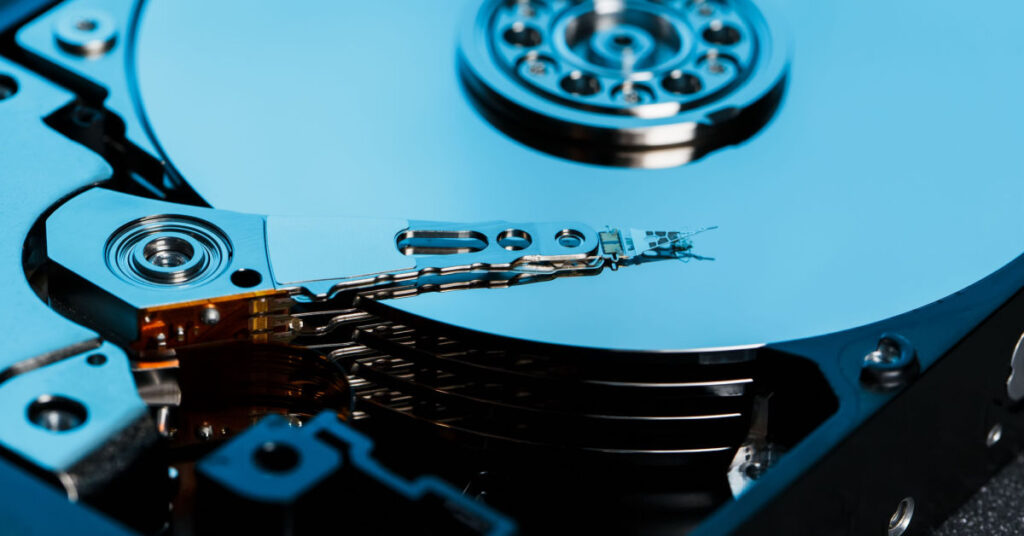
Related Reading
With the AI boom leading to growing demand for high-cap nearline drives, HDD manufacturers are brainstorming ways to pack in the terabytes.
The Spin Doctors
Nidec stands as the world’s largest supplier of spindle motors. Its BLDC motors tackle key challenges like durability, energy efficiency, low noise and compactness. Nidec boasts an 80% market share, supplying the “Big Three” of the HDD industry: Seagate, Western Digital and Toshiba.
Through technological innovation and mass production of BLDC, Nidec secured market dominance. It pioneered the use of fluid dynamic bearings in HDD spindles. Its Helium-filled HDDs offer high read/write precision and superior energy efficiency.
Minebeamitsumi is another key supplier of spindle motors. It prioritizes quality and supply control by manufacturing most motor parts in-house and offer both metal bearings as well as fluid dynamic bearings (FDBs). With R&D centers spread across Japan and Singapore, a design and development center in Germany, and manufacturing hub in Thailand, the firm is a significant global player despite its smaller market share.
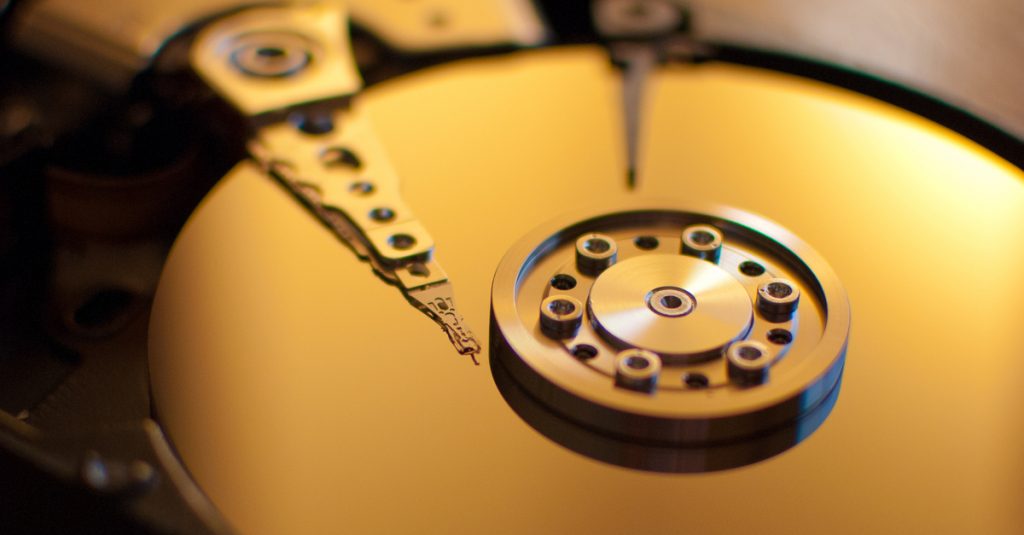
Related Reading
Although SSD density and performance has improved by leaps and bounds, HDD maintains its $/TB advantage. Due to manufacturing limitations for SSD, it looks like HDD will play a crucial role in the storage mix for a long time to come.
The Heart of the Drive
The spindle, and the motor which drives it, are central to HDD performance. From speed, to data integrity, to overall durability, proper spindle function is fundamental to keeping HDDs operating smoothly. With spindle speeds already in thousands of RPMs, manufacturers currently focus on optimizing operation within these rotational limits.
Innovations by suppliers like Nidec, including Helium-filled HDDs, will continue to significantly enhance stability and efficiency of HDDs by reducing heat and vibration. Looking forward, the continued evolution of HDD storage solutions will not only depend on rising storage density but continuous innovations in spindle design.
At Horizon Technology, we know all about data center HDD. For practical support with procuring drives, get in touch.






